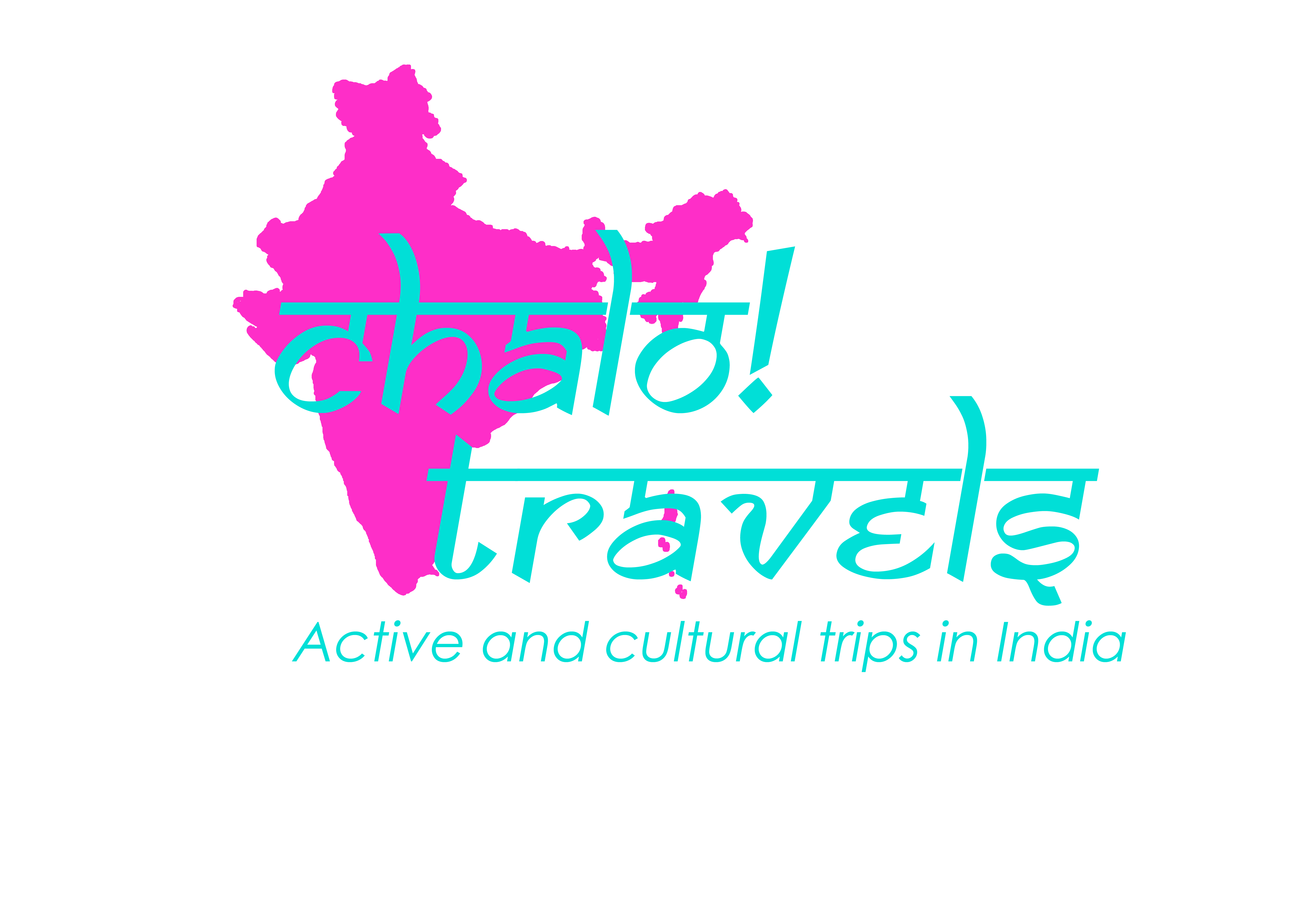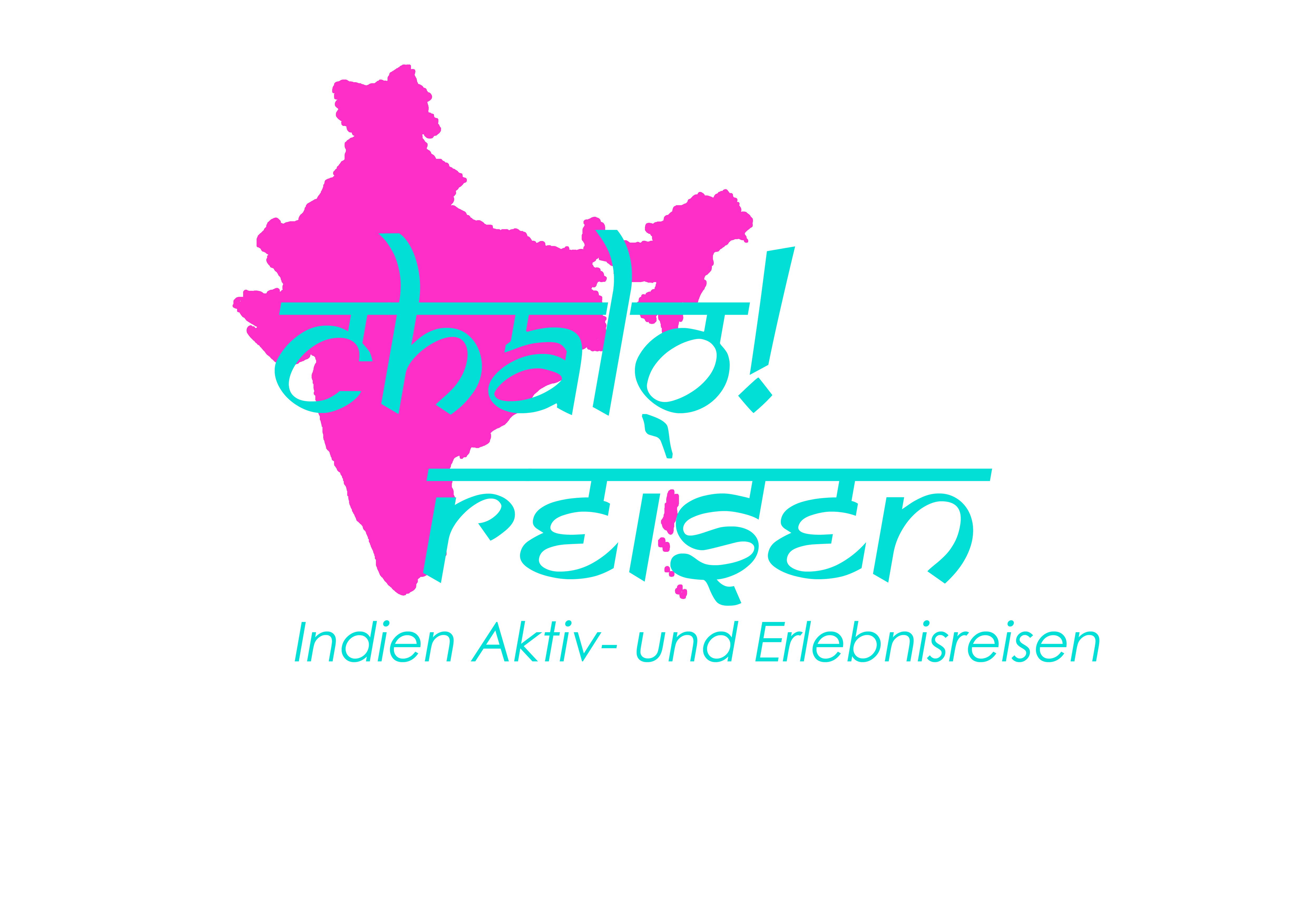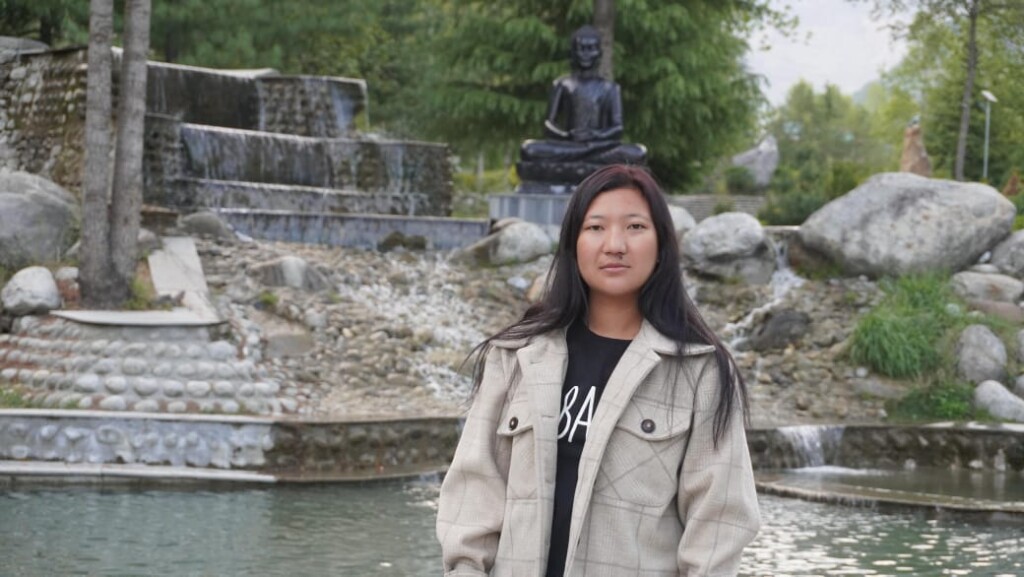Hello, Julley and Namaste!
My name is Pasang Lamo, and I’m a resident of the Lahaul and Spiti districts in the Indian Himalayas. Today, I want to share the incredible experience of receiving Darshan—a spiritual audience—with His Holiness the 14th Dalai Lama.
I come from the village of Tabo, the largest settlement in our area and home to the ancient and revered Tabo Monastery, a center of Tibetan Buddhism that dates back over a thousand years.

The Invitation and Journey
Our villages—Tabo, Lari, and Pooh—were invited to visit the Dalai Lama’s residence in McLeod Ganj, near Dharamshala, for a special Darshan. This invitation was extended because these villages play a key role in preserving the spiritual and cultural heritage of Tabo Monastery.
To register for the visit, we submitted photocopies of our Aadhaar cards (an official Indian government-issued identity document) to the Tabo monastery on April 1st. Some villagers who had previously received Darshan were entrusted with taking care of the village and monastery during our absence.
The Darshan was scheduled for April 10th, and most of the villagers set off on their pilgrimage to Dharamshala on April 8th. As I was in Shimla (the capital of Himachal Pradesh), I waited for my mother to arrive, and together we reached Dharamshala on April 9th.

Preparation for Darshan
Each household brought traditional offerings such as wheat, black peas, sattu (roasted gram flour), ghee (clarified butter), and cooking oil—symbolic gifts to present to His Holiness. These offerings were thoroughly checked by security in advance.
In McLeod Ganj, we received entry cards from the Tabo and McLeod Ganj Monasteries, granting us access for the Darshan. An important announcement reminded everyone not to bring bags, mobile phones, cameras, electronics, sharp objects, or metal items. We were only allowed to bring our entry cards.
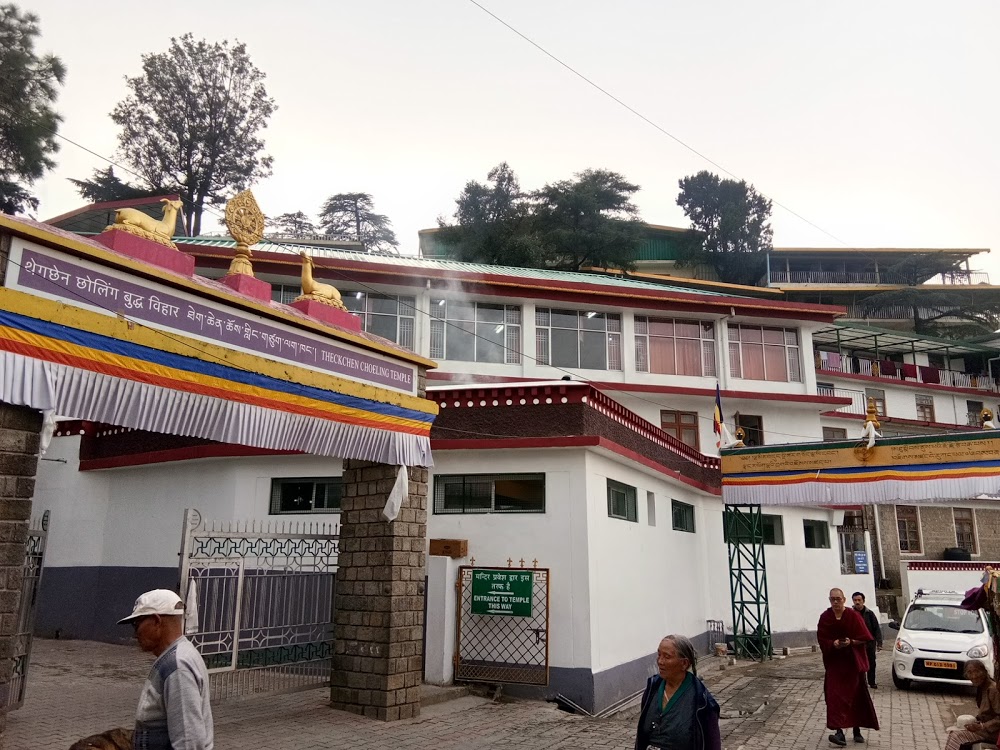
The Day of the Darshan
On the morning of April 10th, we woke up at 4:00 AM, dressed in traditional attire, and reached the monastery gates by 6:00 AM. All the villagers were filled with excitement and reverence.
After clearing security checks, we entered the monastery grounds. Special seating arrangements had been made, giving priority to monks, elders, and children, followed by the rest of us.
Soon after, His Holiness the Dalai Lama arrived. Along with the people of all three villages, we welcomed him with mantra chanting and traditional Buddhist welcome songs known as temdil. His Holiness entered the monastery accompanied by his security team and two senior lamas (Buddhist teachers) who always travel with him.
When I saw His Holiness in person, standing just a few feet away, I felt truly blessed. Tears welled up in my eyes. He is a deeply compassionate and spiritually radiant figure. Though elderly and physically weakened after knee surgery, his gentle smile and joyful energy uplifted everyone present. We all became emotional, chanting prayers in unison.

Teachings of Peace and Compassion
His Holiness took his seat, sipped water, and greeted us warmly. He expressed appreciation for the effort we had made to travel such a long distance. In his teaching, he emphasized the importance of inner peace, letting go of jealousy, and fostering compassion toward all beings.
Together, we chanted powerful Buddhist mantras:
- Om Mani Padme Hum (invokes compassion)
- Om Ah Hung Benza Guru Padma Siddhi Hum (honors Guru Padmasambhava)
- Om Tare Tuttare Ture Soha (prayer to Green Tara for protection)
- Om Muni Muni Mahamuni Soha (invokes the wisdom of the Buddha)
This collective chanting is known as Yom, a sacred Buddhist ritual for invoking blessings and spiritual connection.
Offerings and Blessings
After the teachings, we all prayed for His Holiness’s long life and well-being. Each household presented their offerings of grains, dry fruits, and ghee—brought from our high-altitude region, as these are not locally available in McLeod Ganj.
In return, Tabo Monastery and the local Rinpoche (a respected Buddhist teacher or guru) gifted His Holiness Buddhist scriptures and Thangka paintings—elaborate scroll paintings depicting deities and sacred symbols.
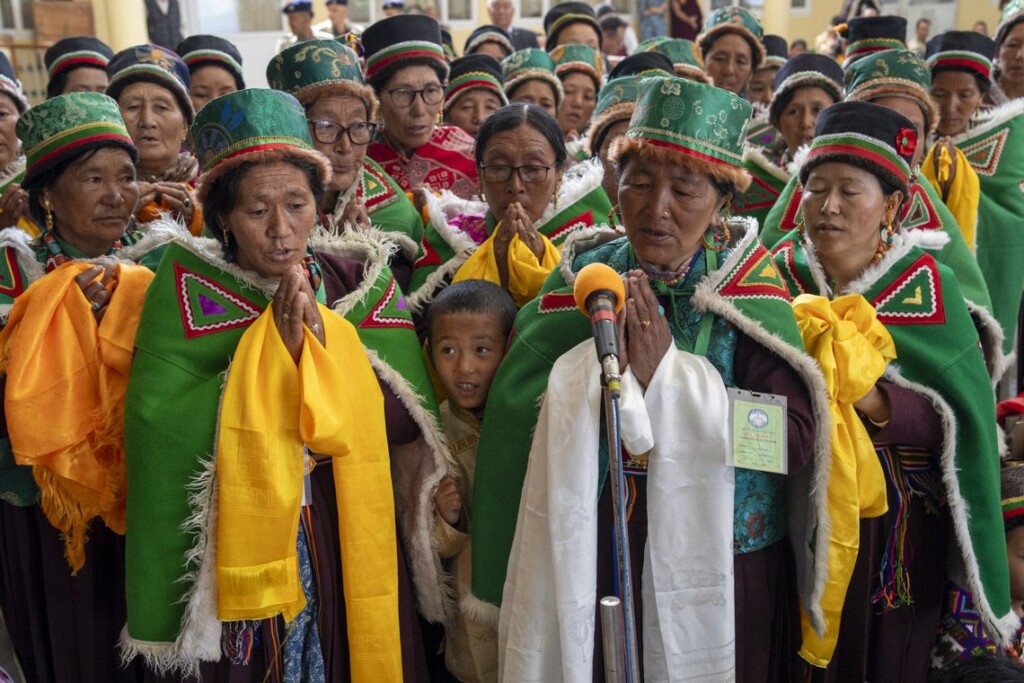
A Memorable Farewell
As the Darshan came to an end, emotions ran high. Many eyes filled with tears of joy. We took turns receiving blessings from His Holiness. The monastery photographer and visiting media captured the moment, photographing all the villagers with His Holiness.
Before leaving, the Dalai Lama once again thanked us and bid farewell, and we reciprocated with chants and gratitude.

Post-Darshan Celebration
Following the farewell, we were invited to sit together and enjoy a simple but heartfelt offering of tea and Puli, a traditional local bread. It was a moment of warmth and unity.
Later, the villagers gathered in joy to sing folk songs and dance together, celebrating this unforgettable day. It was a vibrant expression of gratitude, joy, and spiritual fulfillment.
Conclusion
This journey to receive Darshan from His Holiness the Dalai Lama was a once-in-a-lifetime experience. I feel deeply honored and spiritually enriched. His message of peace, compassion, and inner freedom left a lasting impression on my heart—and I will cherish this day forever.
🔍 Glossary of Key Terms:
- Darshan: A sacred audience or viewing of a holy figure; in this context, it refers to being in the physical presence of the Dalai Lama.
- Aadhaar Card: A unique identification document issued by the Indian government, similar to a national ID card.
- Sattu: Roasted gram flour, commonly used in Indian cooking.
- Ghee: Clarified butter used in Indian food and rituals.
- Lama: A Tibetan Buddhist teacher.
- Rinpoche: A title of respect used for highly regarded Buddhist teachers, often reincarnated spiritual masters.
- Thangka: A traditional Tibetan Buddhist painting on cloth, often depicting deities or mandalas.
- Temdil: Traditional welcome songs sung in Buddhist rituals.
- Yom: A group chanting or prayer session in Tibetan Buddhist practice.
